I wrote this back in 2007. It’s even more valid now.
An outfit called Osceola Outback Adventures now offers fishing for great barramundi, and I’m talking Holopaw, Florida here, not Australia. They say with pride, “This is the only place in North America where you can catch barramundi!”
I visited the barramundi ponds yesterday. There were two small, rectangular ponds that had been dug out with a backhoe. There were fish, lots of them, quite willing to eat lures, too. There were rods and reels. There was novelty. I’d never seen a barramundi before. They’re beautiful creatures, muscular and strong. There was entertainment. The fish, although only running eight to ten pounds at the moment (they’ll get much larger), fight hard and jump like crazed ladyfish. They are as game a fish as one could ask for. If you were going to design a fish you’d be hard pressed to do a better job.
But something about the experience bothered me, just a tiny bit. The nagging sense of irritation in the back of my mind was similar to that your foot gets when you get a diminutive pebble in your shoe. The experience, although undeniably fun, just didn’t fit me quite right.
Then I had a minor flash of insight. When you go fishing, you understand that you may not catch anything. You may not even see a fish. While fishing undeniably requires skill, luck is important, too. A terrible angler can have a great day, and a highly skilled angler can get skunked. “All men are equal in the eyes of a fish,” as Harry Truman once said.
The barramundi ponds remove luck and skill from the equation. Ten thousand aggressive fish scour the entire water column, jammed into two small ponds. If you cast a bait out there, you will catch a fish. You may not get one every cast, but you will get one on many of your casts. It’s a great place to bring the kids, just for that reason.
What bothered me, then? It’s not fishing as I know it. It’s sure thing, captive audience, pay-for-fishing, fishing. Is this a bad thing?
I have fished in Florida for more than 20 years. Back in 1985 you could launch your boat at 8:00 AM on a Saturday at any boat ramp you cared to (except when the clammers were working the Indian River) and could get a parking spot. You could go to almost any fishing spot you wanted to and would not be met by the two or even three boats that were there already. Obnoxious boaters would not be burning down a flat that people in 10 or 12 other boats were fishing.
There weren’t as many people here then. And there were a lot fewer boats.
I like solitude when I fish. It pains me to go fishing on weekends now. The water is crowded.
Rock concerts should be crowded. The county fair should be crowded. Parades should be crowded. Baseball and football stadiums should be crowded. Fishing spots? They should not be crowded. For me, fishing in a crowd causes stress and is not enjoyable. For me, fishing in a crowd is a bad thing.
At the barramundi ponds you pay, you fish, you catch fish. There are no crowds. It may not be fishing as I know it but it definitely has value.
Builders build golf courses like crazy but no one is making any new lagoons, or rivers. They can dig new ponds, though. They can stock them with thousands of fish. They can require us to pay before we fish them.
Only you can decide if this is good or bad for you. I can see more and more folks pursuing businesses like Osceola Outback, though, especially as our natural waterways get ever more crowded. I can see more and more sportsmen using them.
I’m beginning to experience some existential dread about this. Is pay-for-fish the future of fishing?
Please, let me know your thoughts on this.
John Kumiski
http://www.spottedtail.com
All content in this blog, including writing and photos, copyright John Kumiski 2012. All rights are reserved.
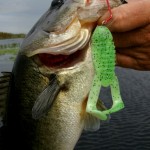
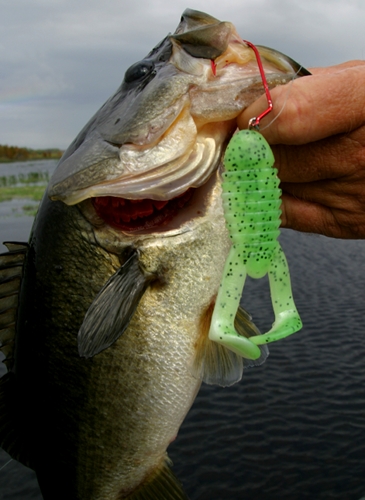
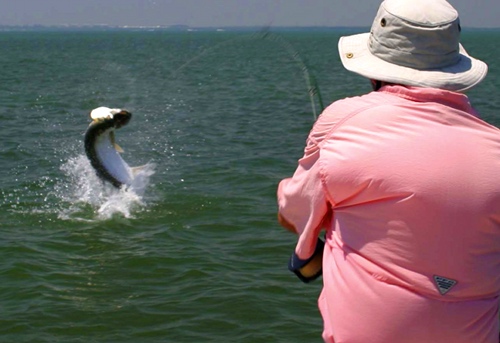
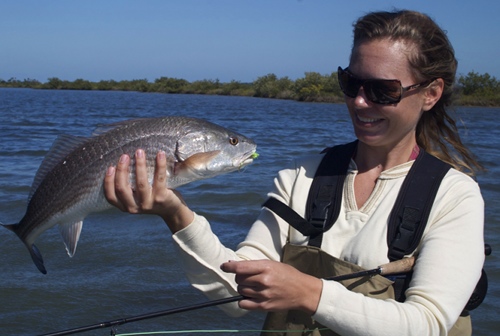
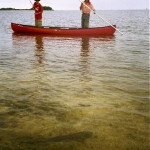
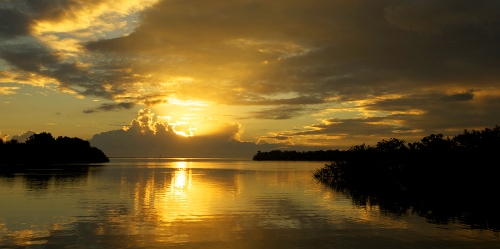
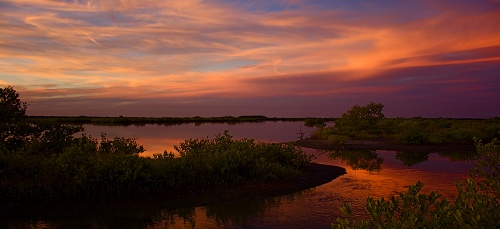
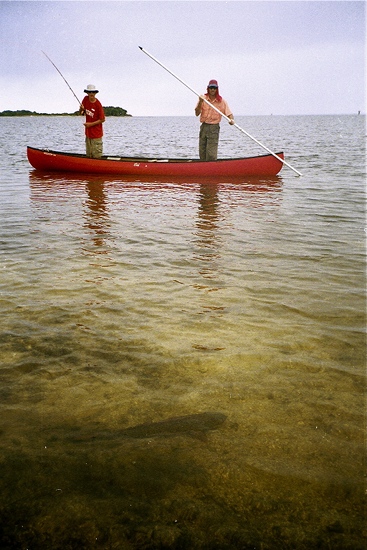
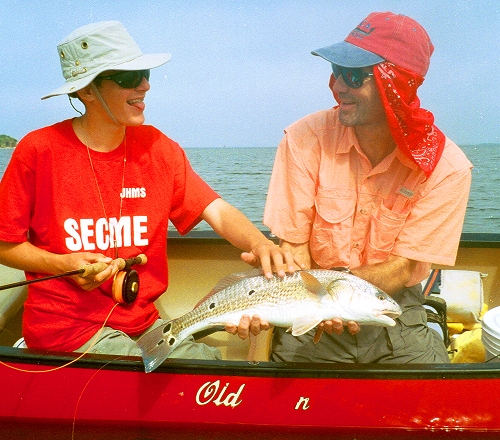
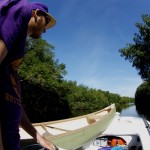
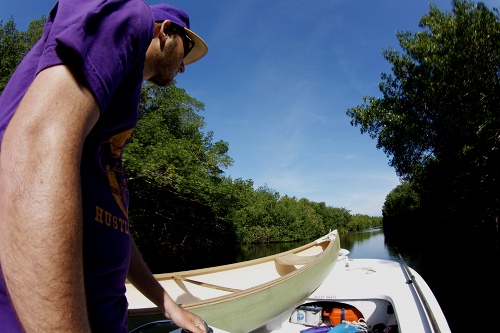
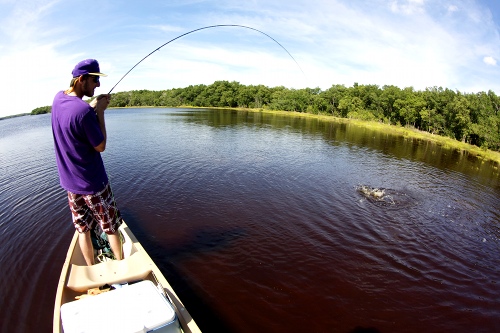
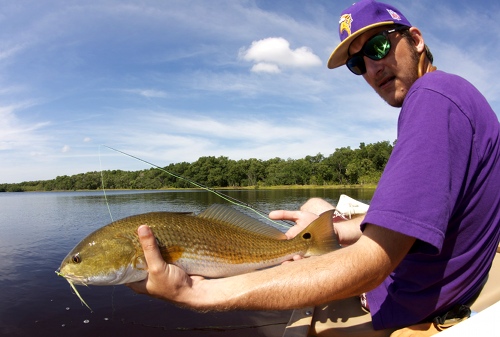
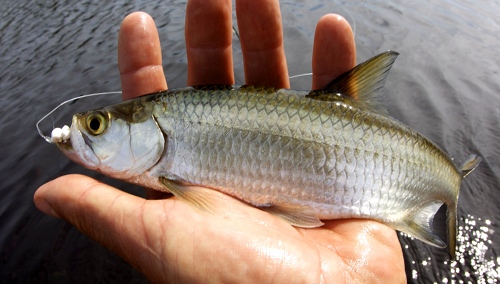
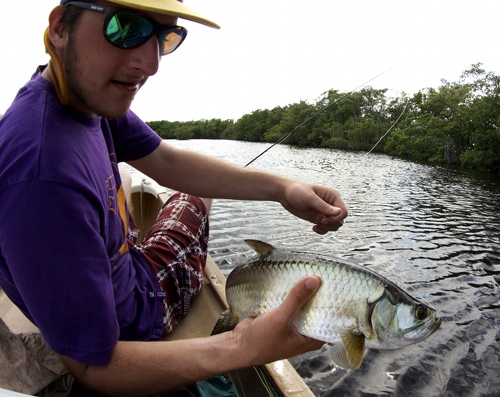
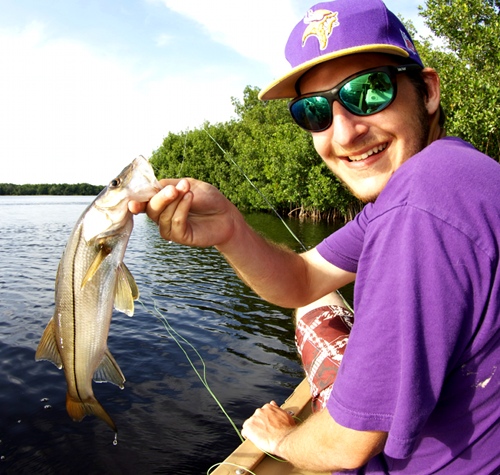
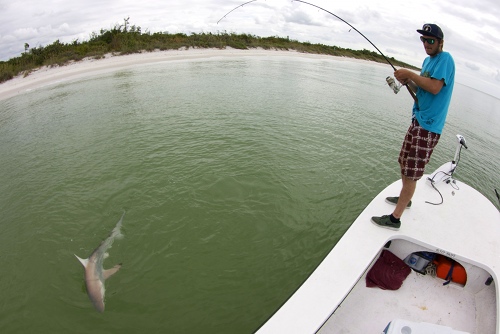
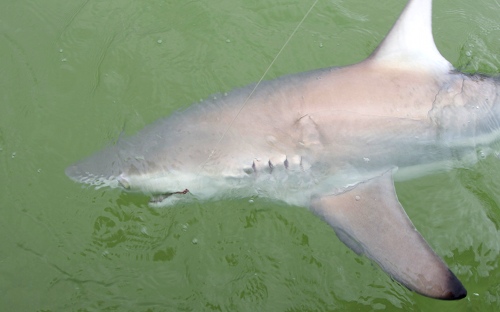
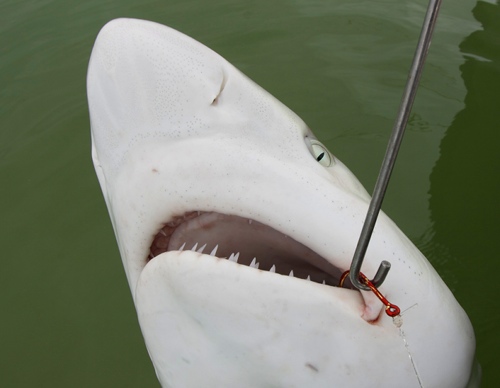
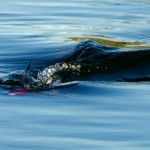
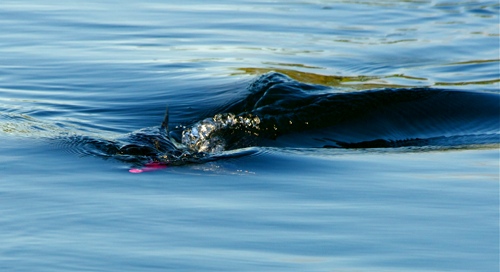

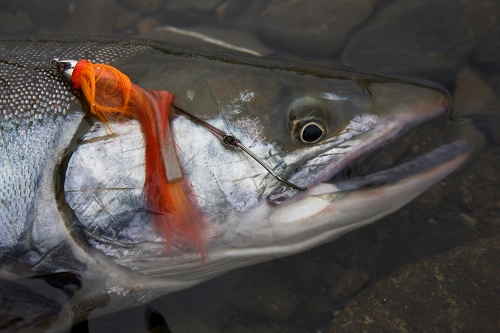

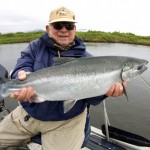
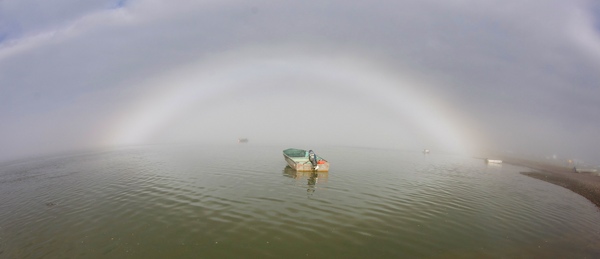
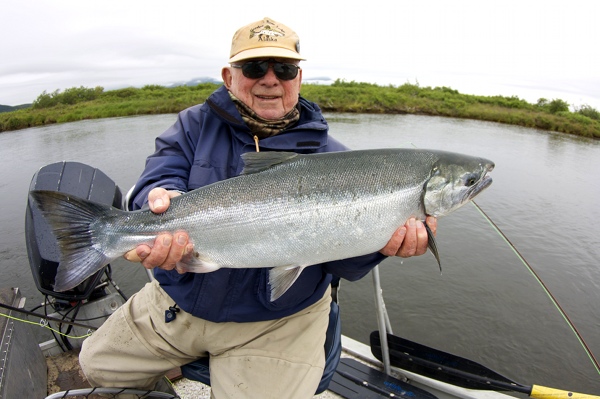

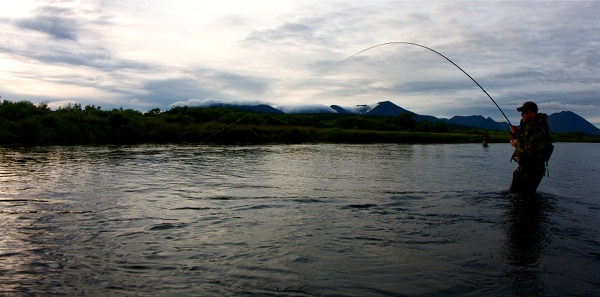
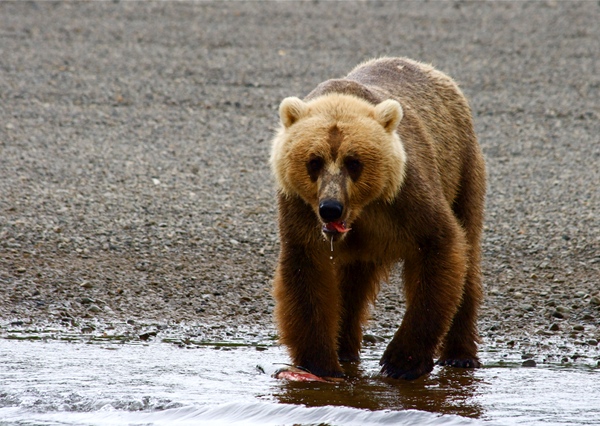
Recent Comments